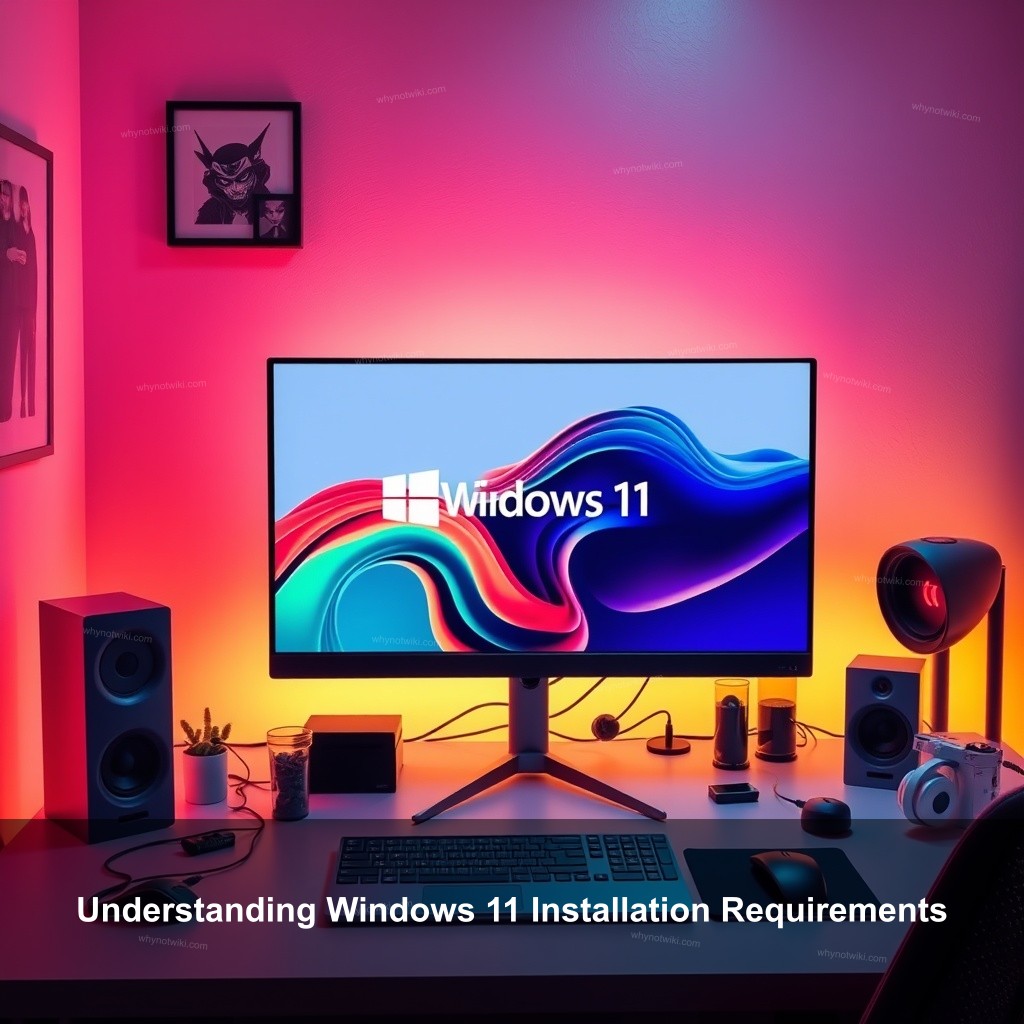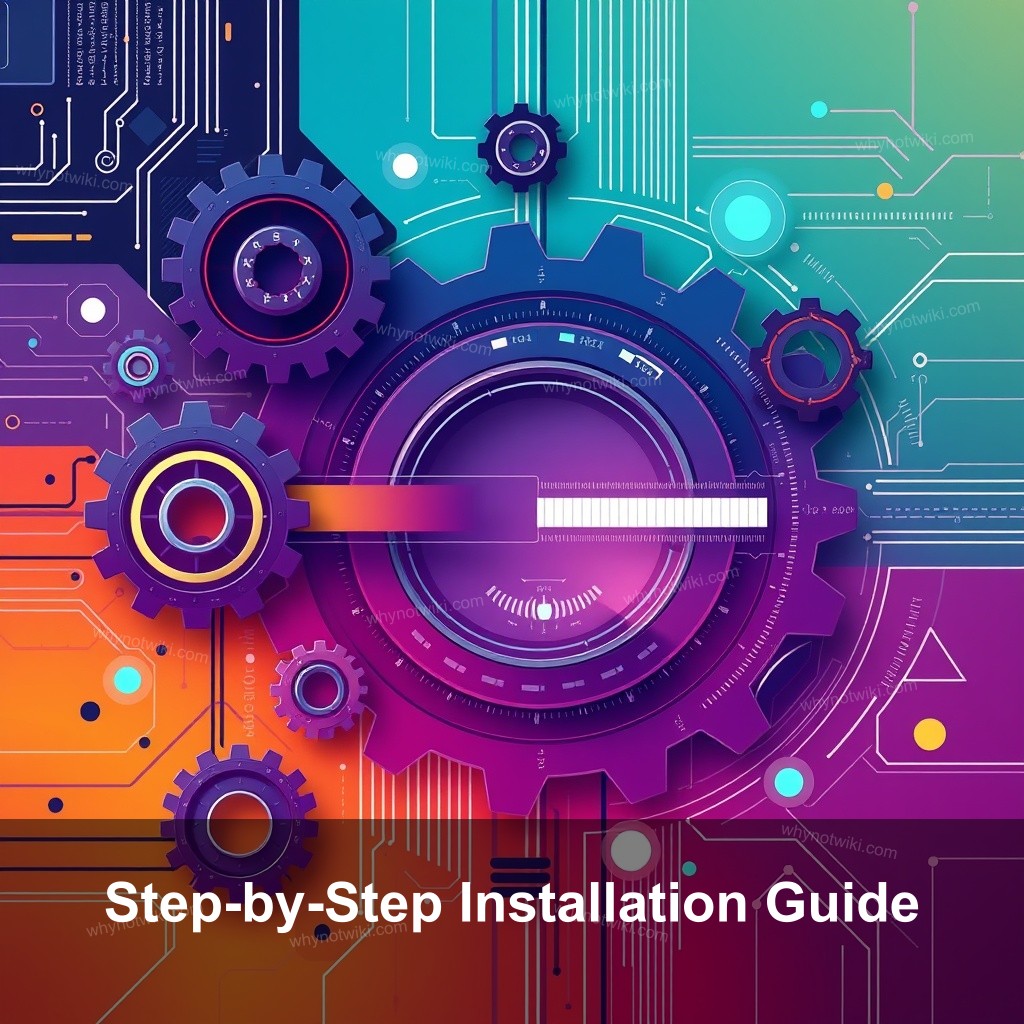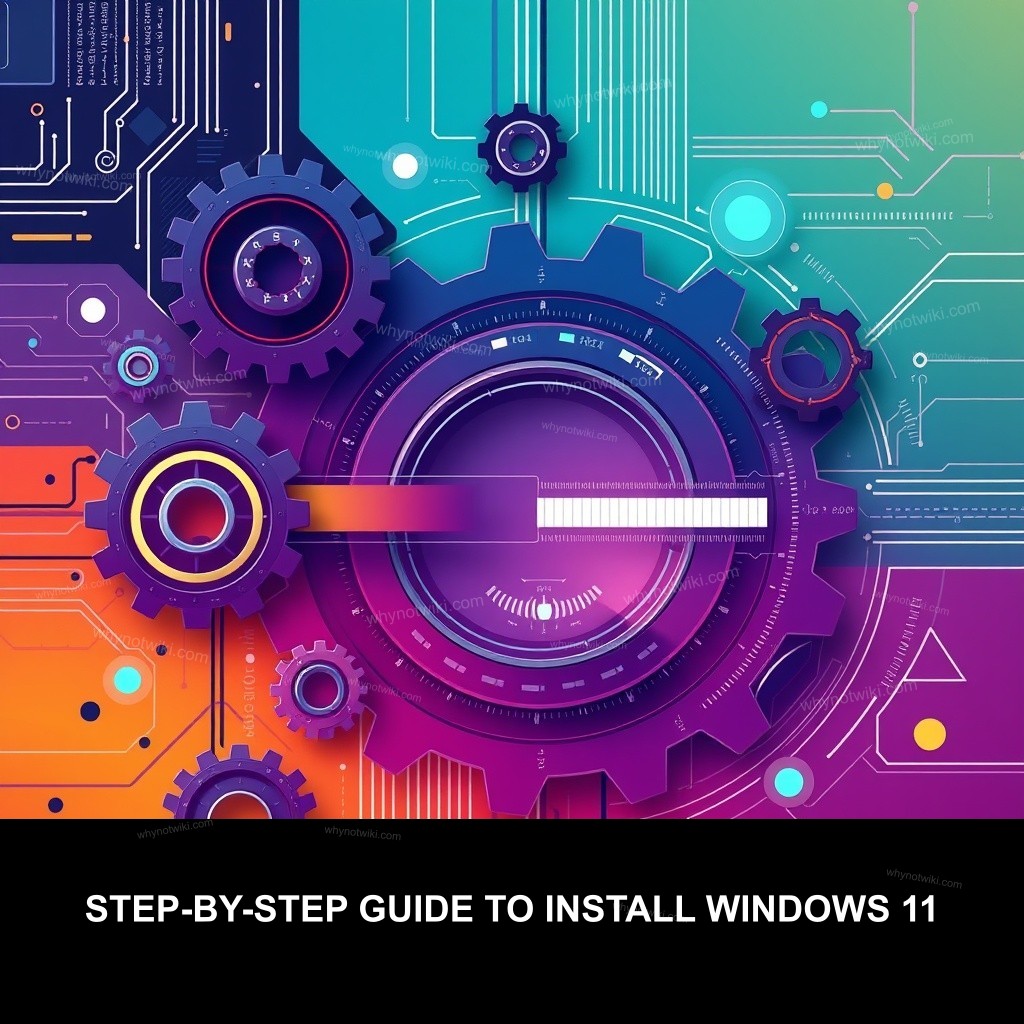Ready for Windows 11 installation? This new operating system offers your machine great advantages and interesting capabilities. This article will bring you methodically through the Windows 11 installation process. You will find all you need to make the change simple, including guidelines for a flawless installation and criteria. Let us now get going.

Understanding Windows 11 Installation Requirements
Before you begin the installation, it’s essential to understand the system requirements to ensure your device can run the new OS smoothly. Below are the minimum requirements:
| Component | Requirement |
|---|---|
| Processor | 1 GHz or faster with 2 or more cores on a compatible 64-bit processor |
| RAM | 4 GB or more |
| Storage | 64 GB of available storage |
| TPM | Trusted Platform Module (TPM) version 2.0 |
| Graphics | DirectX 12 compatible graphics / WDDM 2.x driver |
Compatibility Check with PC Health Check
To verify if your device meets these requirements, use the PC Health Check tool. This application will run a quick assessment and provide feedback on your PC’s compatibility with Windows 11.
You can download it from the official Microsoft website. After installation, open the tool and click on ‘Check Now’. It will inform you if your PC is ready for Windows 11.
Common Installation Issues
While installing Windows 11, you might encounter some issues. Common problems include:
- Incompatible hardware.
- Insufficient storage space.
- Not having the latest BIOS or drivers.
If you do face issues, make sure your hardware meets the specifications or consult with your device manufacturer for support.
Preparing for the Installation Process
Preparation is key for a successful installation. Let’s cover some important steps to take before you get started.
Backing Up Data
Before installing Windows 11, it’s crucial to back up your files. Upgrading can sometimes lead to data loss, so protecting your important documents is essential.
- Use tools like Acronis True Image or Windows Backup to create a full backup of your system.
- Store this backup on an external drive or cloud service.
- Regular backups can save you from losing important information.
Creating Installation Media
To install Windows 11, you can create a bootable USB drive using the Media Creation Tool. Follow these steps:
- Download the Media Creation Tool from the Microsoft website.
- Run the tool and select ‘Create installation media for another PC.’
- Choose the language, edition, and architecture (64-bit).
- Select USB flash drive and follow the prompts to complete the process.
Windows 11 Installation Methods
You have several options for installing Windows 11:
- Upgrade: If you’re on Windows 10, you can upgrade directly through Windows Update.
- Clean Install: Use the bootable USB drive you created for a fresh installation.
Choose the method that suits your needs best. Upgrading retains your files and settings, while a clean install gives you a fresh start.

Step-by-Step Installation Guide
Now that you’re prepared, let’s go through the actual installation process.
Installing via Windows Update
Upgrading through Windows Update is straightforward:
- Go to Settings > Update & Security.
- Click on Check for updates. If Windows 11 is available, follow the prompts to upgrade.
Make sure your PC is plugged in during this process to avoid interruptions.
Using Bootable USB for Clean Install
If you prefer a clean install, here’s how to do it:
- Plug the bootable USB into your PC and restart it.
- Access the BIOS/UEFI settings to set the USB drive as the primary boot device.
- Follow the on-screen instructions to install Windows 11.
This method will erase all data, so ensure you’ve backed up important files.
Completing the Installation
After the installation is complete, you will go through the setup process:
- Choose your region and language.
- Create or log into your Microsoft account.
- Select privacy settings based on your preferences.
Once these steps are done, you’ll be directed to the Windows 11 desktop!
Post-Installation Setup and Tips
Congratulations on successfully installing Windows 11! Here’s what to do next.
Updating Drivers
After installation, it’s important to update all device drivers for optimal performance. Check your device manager for any missing or outdated drivers.
Visit your manufacturer’s website to download the latest drivers for your system.
Customizing Windows 11 Experience
Take some time to personalize your Windows 11 interface:
- Change your desktop background and themes.
- Pin frequently used apps to the taskbar.
- Explore new features like Snap Layouts for better multitasking.
Troubleshooting Common Issues
New installations may come with challenges. Here are common issues and their solutions:
- Performance lag: Check for running background apps and close unnecessary ones.
- App compatibility: Ensure all your essential applications are updated to work with Windows 11.
If problems persist, consult the Microsoft support page for additional help.
Frequently Asked Questions about Windows 11 Installation
Can I install Windows 11 on older hardware?
Windows 11 requires specific hardware specifications. While there are workarounds, it’s recommended to use compatible devices for the best experience.
What to do if Windows 11 installation fails?
If your installation fails, try restarting your computer and attempting the installation again. Check Microsoft’s support resources for troubleshooting steps.
How to revert to Windows 10 if needed?
Go to Settings > Update & Security > Recovery and look for the option to go back to the previous version of Windows.
Conclusion
In conclusion, installing Windows 11 can enhance your computing experience with its new features and interface. Follow the steps outlined above, and you’ll be up and running in no time. For more tips and guides, visit WhyNotWiki and explore our resources!
Windows 11 features and Windows 11 troubleshooting can help you further understand and solve potential challenges.

0 Comments